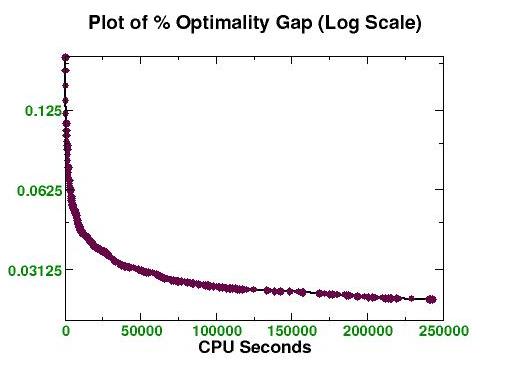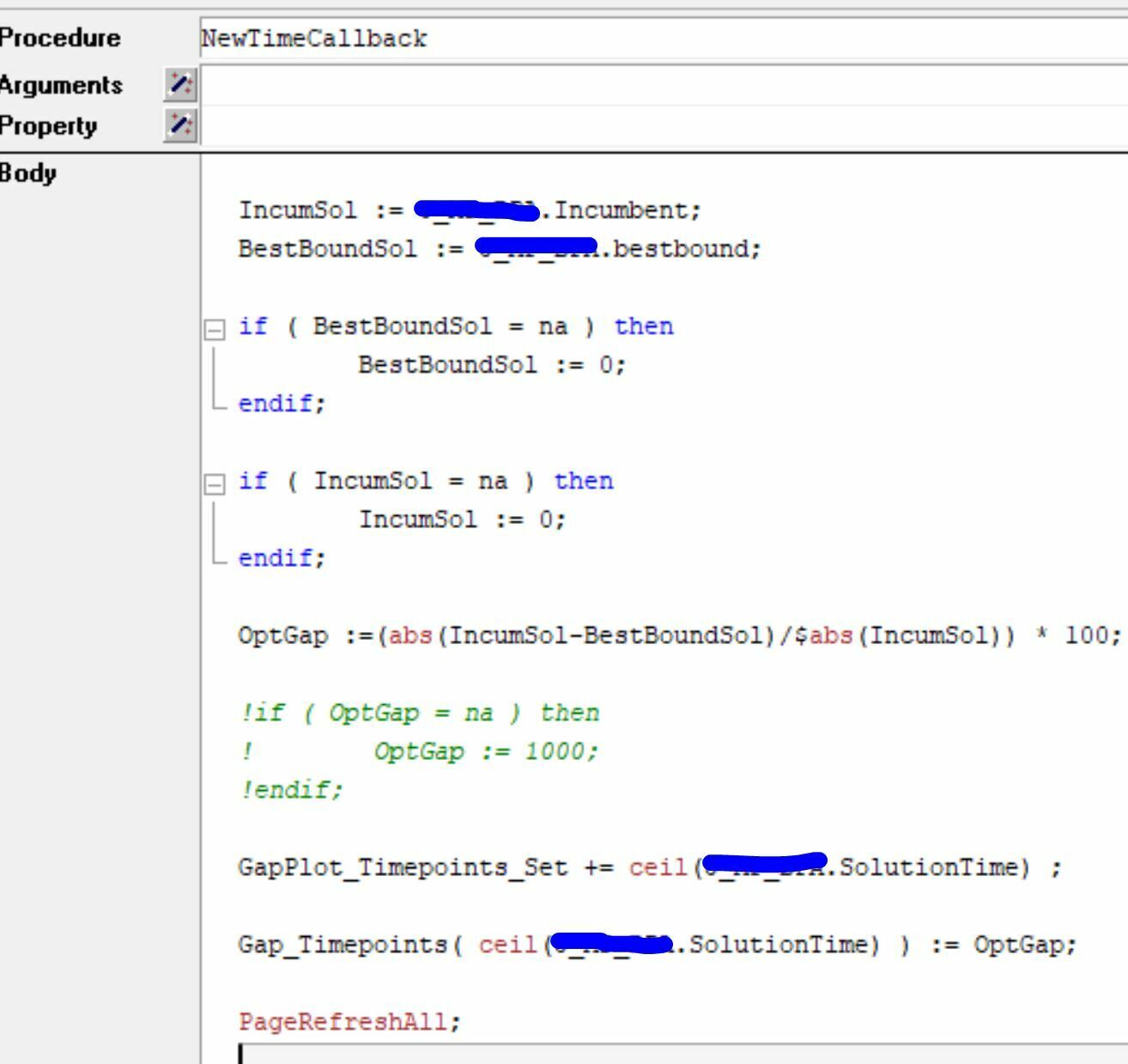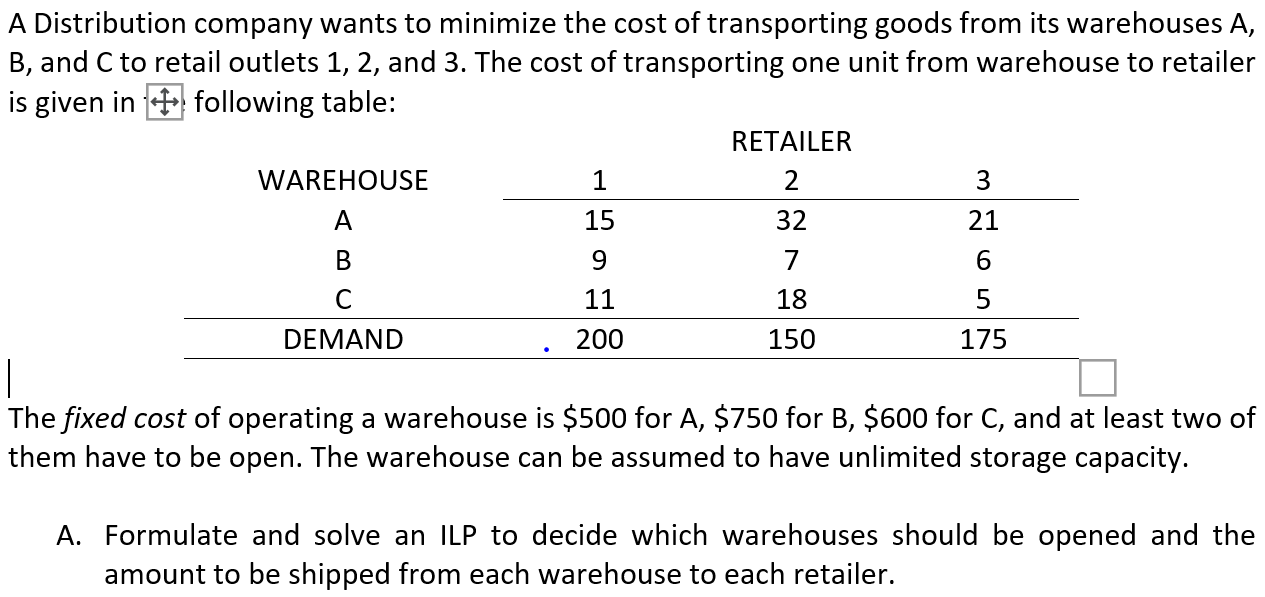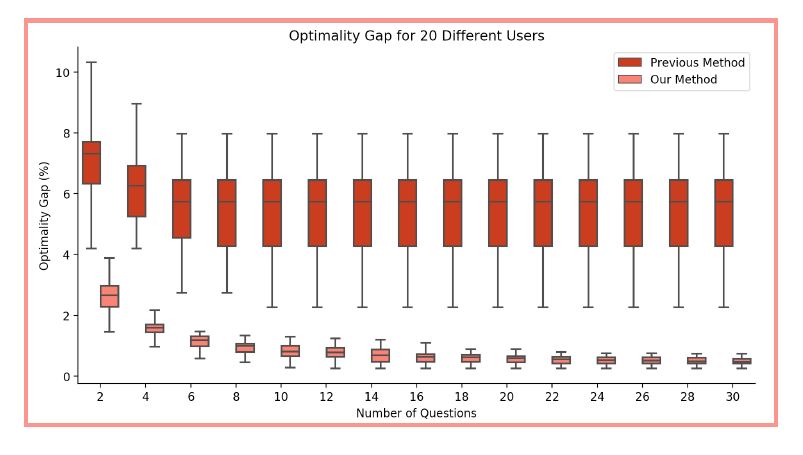
Figure 9 from A novel branch and bound algorithm for optimal development of gas fields under uncertainty in reserves | Semantic Scholar
Optimality gap of D-OCPX, DLP-FP-LF, DLP-RP-LF, and DLP-RP-RF plotted... | Download Scientific Diagram

EVALUATING THE 'OPTIMALITY GAP' BETWEEN CYCLIC AND NON-CYCLIC PLANNING POLICIES IN SUPPLY CHAINS | Semantic Scholar

Sensitivity of progressive optimality gap to the number of replications | Download Scientific Diagram

Improvement and Deterioration of optimality GAP w.r.t. CPLEX for all... | Download Scientific Diagram

6: Performance profile of the optimality gap (5.20) with the respect to... | Download Scientific Diagram












